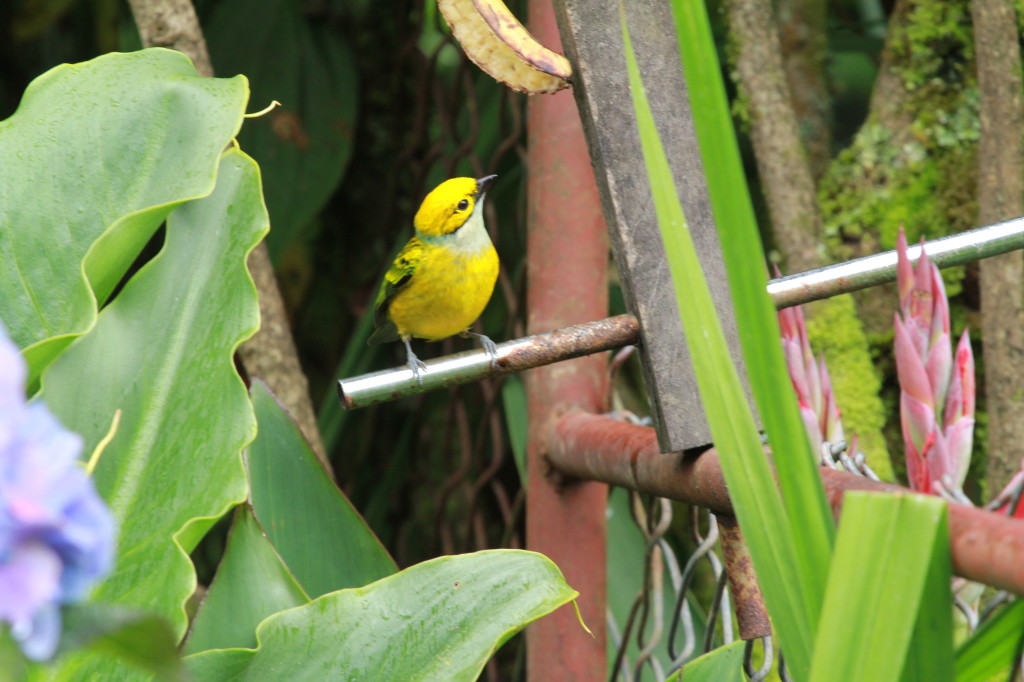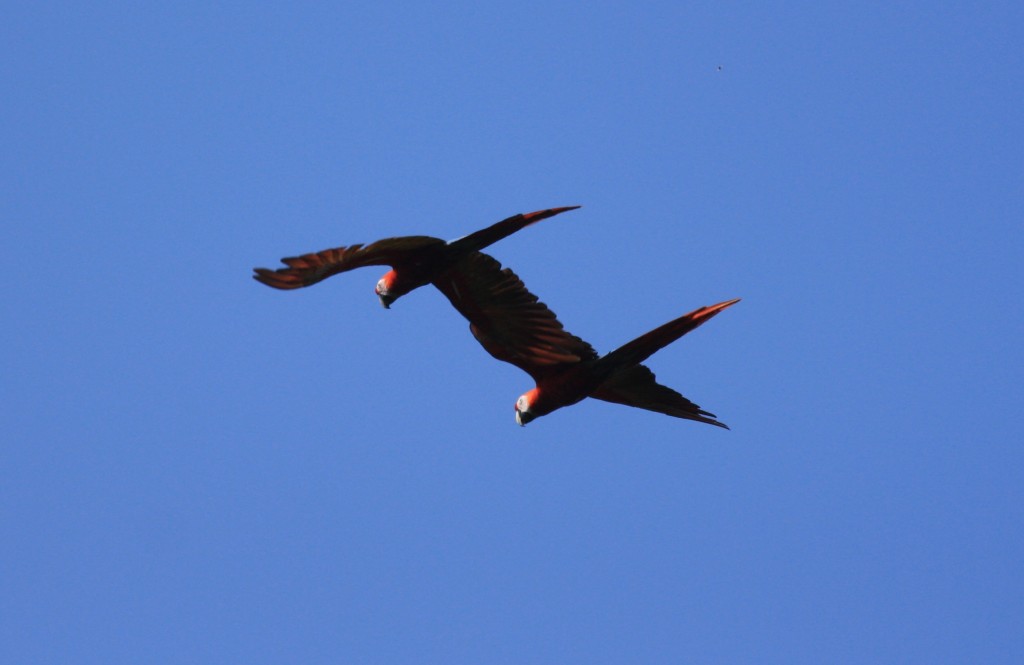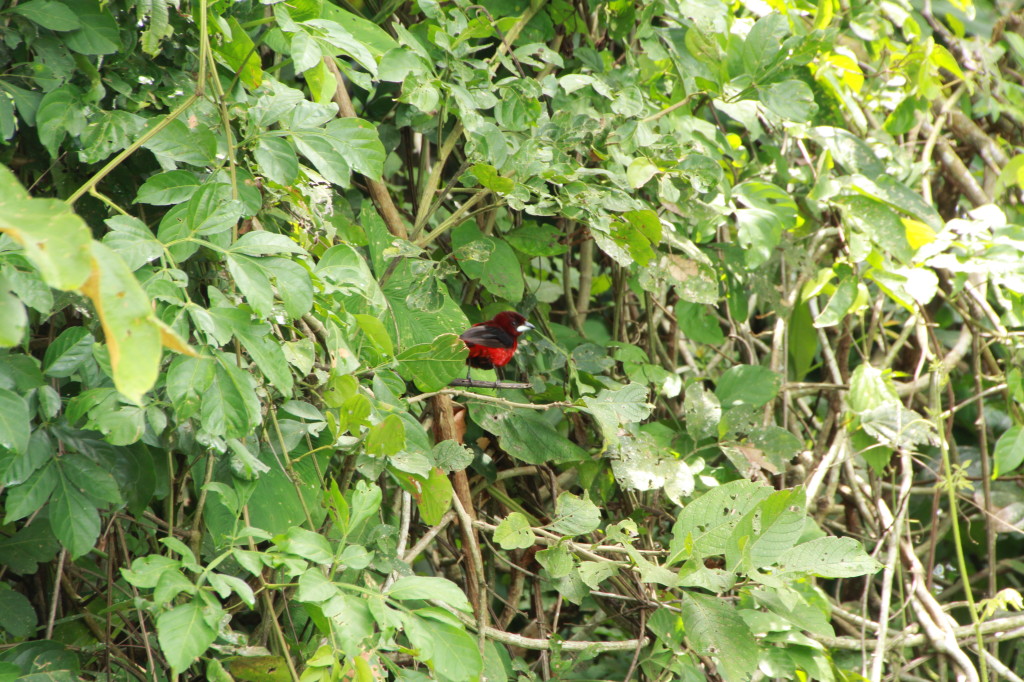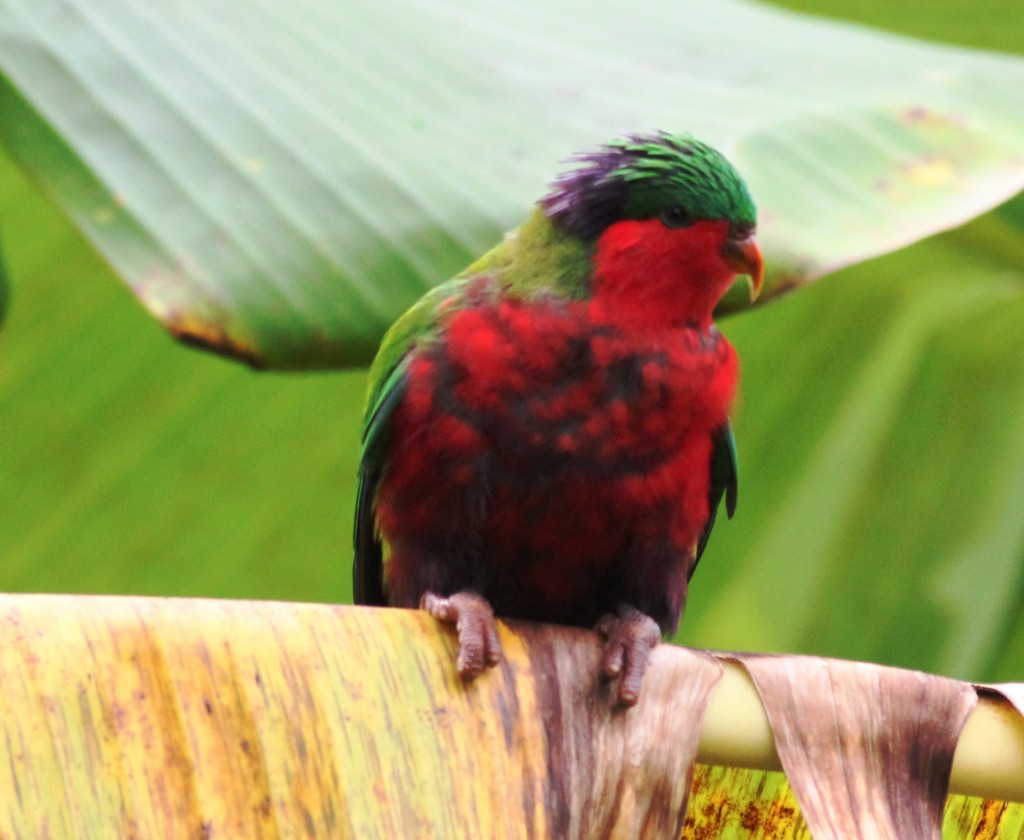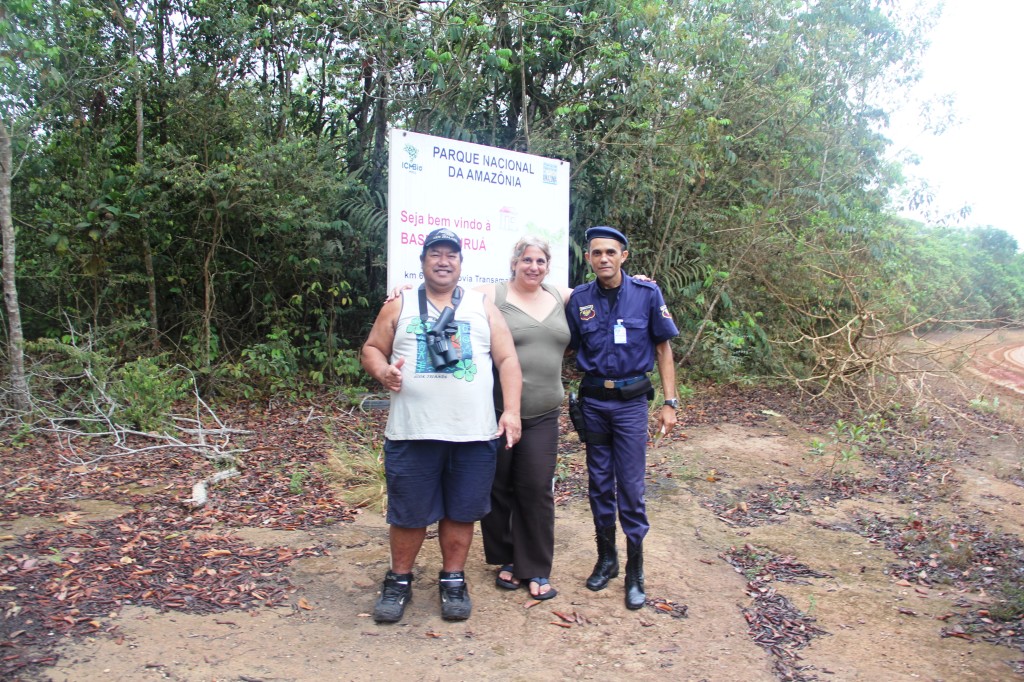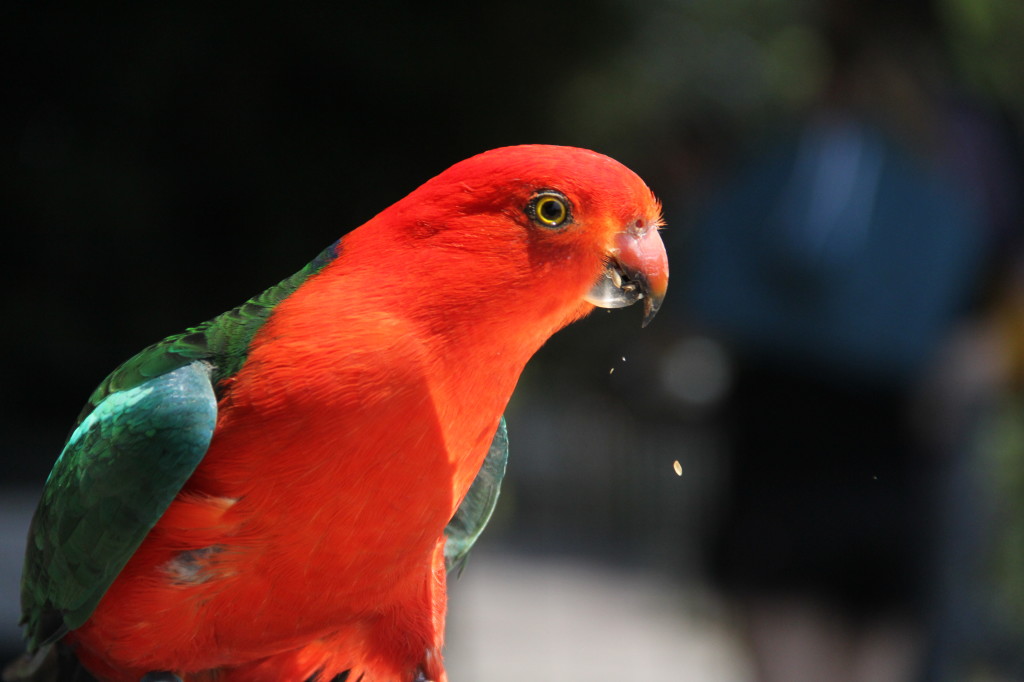Yesterday, I posted about how I will use airline miles to make a dream trip to Africa come true. Today, I will show you how I chose the specific places I did. Africa has such a huge variety of wildlife habitat, you really need to know what species you are most interested in seeing. For first time travelers, this will usually be the “Big 5” – elephants, lions, rhinoceros, leopards and buffalos. For birders, there are more decisions to be made and more species you need to consider. Here’s how I did it.
ANALYZE REQUIREMENTS
1. Can get miles from credit cards but don’t have much cash. Need destinations that can be reached on Star Alliance airlines.
2. Need to maximize destinations for number of parrot species found nearby.
3. Need to avoid long land trips that would be expensive if it would require private guides and transport.
4. Need to avoid having to pay too much in advance, prefer to pay when we arrive if possible.
5. Need to visit national parks where guides can be found on site rather than paying to transport one around with us.
PRIORITIZING TARGET SPECIES
PARROT SPECIES IN AFRICA (INCLUDING NEIGHBOR ISLANDS)
The species that I have identified as being in range for this trip will be highlighted in green. As I said, I am most interested in seeing as many parrot species as possible but the habitas I have chosen are rich in all kinds of wildlife! You can use the same technique to narrow down your travel plans whether you are interested in leopards, elephants, eagles or lemurs. Just research where your priority species can be found, find the nearest airport where you can redeem your miles and enjoy ALL the wildlife you encounter along the way!
1. Rose-ringed Parakeet – Psittacula krameri. We have seen them in several places in India and feral populations in Europe. Not a priority but may see them during the trip.
2. Mauritius Parakeet – Psittacula echo. Habitat in Black River Gorges National Park, easily driven from hotel in Mauritius.
3. Gray Parrot – Psittacus erithacus. Has large range but many places difficult, expensive or possible unsafe to travel to. Easiest place to see them near Star Alliance airport is in Ghana at Kakum National Park.
4. Greater Vasa Parrot – Coracopsis vasa. Madagascar endemic, easiest place to find them near Star Alliance airport is Andasibe National Park.
5. Lesser Vasa Parrot – Coracopsis nigra. Madagascar endemic, easiest place to find them near Star Alliance airport is Andasibe National Park.
6. Red-headed Lovebird – Agapornis pullarius. Probably out of range for this trip. Habitat in Central Africa, not easily accessible.
7. Black-winged Lovebird – Agapornis taranta. Found in Ethiopia. Slim chance to see them if there is a long layover at Addis Ababa.
8. Black-collared Lovebird – Agapornis swinderniana. Habitat not easily accessible, best chance is in Ghana.
9. Black-cheeked Lovebird – Agapornis nigrigenis. Found in Zambia, not in range for this trip.
10. Peach-faced Lovebird – Agapornis roseicollis. Tried but failed to see them in Kgalagadi National Park in 2009. Other habitats in Namibia but out of range for this trip.
11. Fischer’s Lovebird – Agapornis fischeri. Found in Tanzania, targeting them in Arusha, Tarangire and Serengeti.
12. Yellow-collared Lovebird (Masked Lovebird) – Agapornis personatus. Found in Tanzania, targeting them in Arusha, Tarangire and Serengeti.
13. Nyasa (Lilian’s) Lovebird – Agapornis lilianae. Found in Zambia & Zimbabwe, out of range for this trip.
14. Grey-headed Lovebird – Agapornis canus. Madagascar endemic, easiest place to find them near Star Alliance airport is Anatanarivo’s Tsimbazaza Park.
15. Red-fronted (Jardine’s) Parrot – Poicephalus gulielmi. Targeted in Arusha National Park and possible Ghana.
16. Cape Parrot – Poicephalus robustus. Southern coast of South Africa. Will try to find them as close as possible to Port Elizabeth.
17. Brown-necked Parrot – Poicephalus fuscicollis. Subspecies of Cape Parrot. Have seen in Magoebaskloof, planning on return visit.
18. Brown-headed Parrot – Poicephalus cryptoxanthus. Easiest to find in northern Kruger National Park.
19. Red-bellied Parrot – Poicephalus rufiventris. Found in Tanzania, targeting them in Tarangire.
20. Yellow-fronted Parrot – Poicephalus flavifrons. Very small range in Ethiopia, probably out of range for this trip.
21. Meyer’s Parrot – Poicephalus meyeri. Several subspecies spread out over southern and central Africa. Best places to target them are northern South Africa and Tanzania’s Tarangire and Serengeti.
22. Niam-Niam Parrot – Poicephalus crassus. Very small and inaccessible range in Central African Republic. Out of range for this trip.
23. Rüppell’s Parrot – Poicephalus rueppellii. Found in Angola and Namibia. Out of range for this trip.
24. Senegal Parrot – Poicephalus senegalus. Wide-spread in West Africa but easiest place to see using Star Alliance airports would be Shai Hills, Ghana near Accra.
As you can see, with just the few stop-overs I planned in my airline miles redemptions; I can try for 17 out of 24 possible species of parrots in Africa and the neighboring islands of Madagascar and Mauritius.
RESOURCES I USED
To determine where parrot species can most easily be seen where, I use mostly two resources.
Joseph Forshaw’s “Parrots of the World” which is my birding travel “Bible”.
Surfbirds Trip Reports which have full lists of which birds people have seen on birding trips worldwide.

